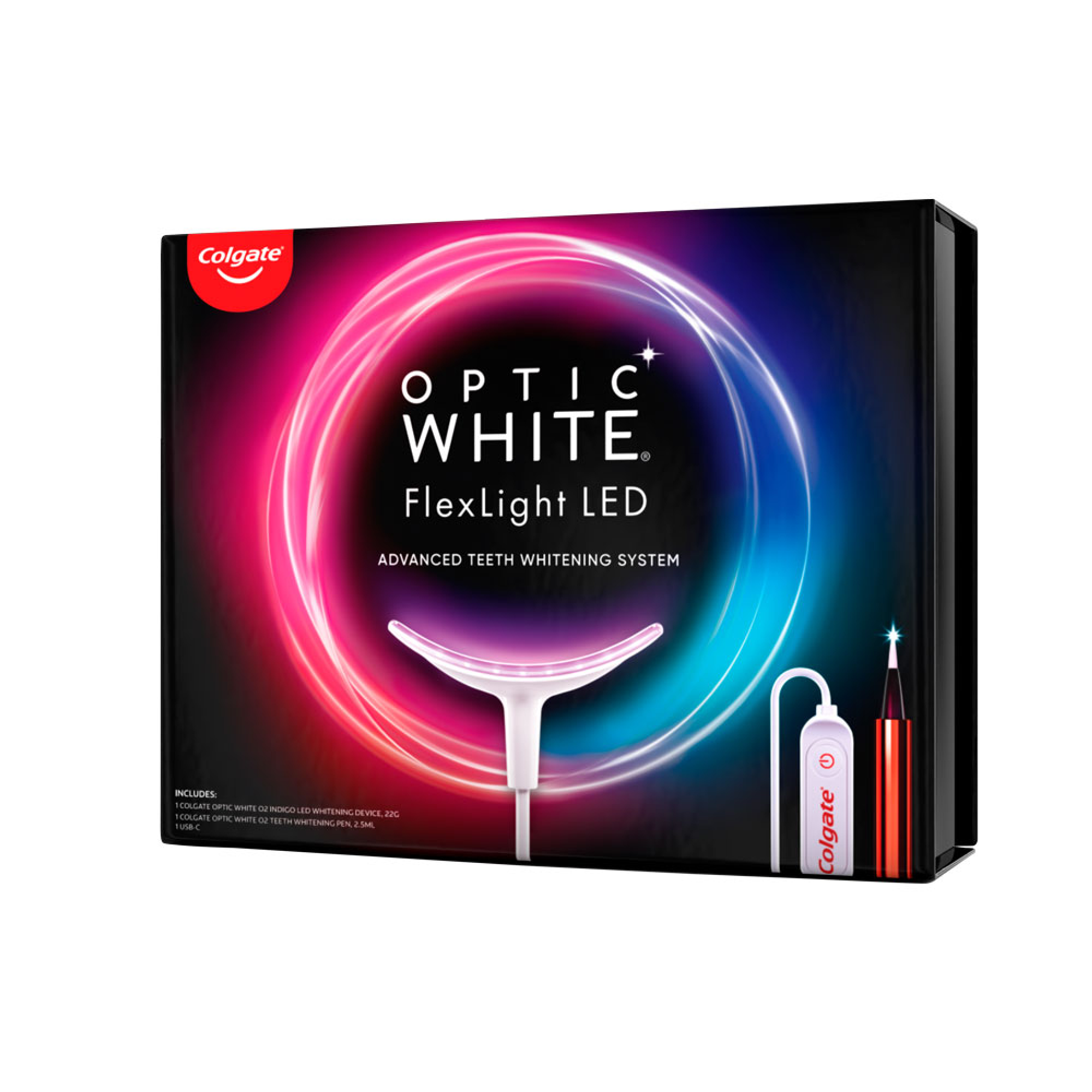Common Causes of Brown Spots On Teeth
Decay
Sometimes, brown spots can be a sign of tooth decay, which develops from eating an excess of sugary and starchy foods, as well as sugary drinks. These foods and beverages create plaque that sticks to the tooth’s surface and damages it over time. And if you’re not brushing twice a day and cleaning between your teeth daily, the plaque can stay on your tooth, destroy your enamel and turn it brown. These brown spots may also come from the dentine underneath, which has a naturally darker shade when exposed by worn enamel.
Tartar
Here’s a term that gets thrown around a lot: tartar. But what is it? When plaque builds up on teeth, it hardens into a substance called tartar, which is often a brown colour. Tartar often appears at the line between the teeth and gums, and regular brushing with toothpaste doesn't remove it. That’s why brushing twice daily to get rid of plaque in the first place plays an essential role in preventing brown spots.
Fluorosis
We know that fluoride is supposed to help protect our teeth from decay. But do you know that too much fluoride in the body, especially in children, discolours the tooth enamel? When you experience excessive fluoride intake, you might develop fluorosis. Permanent white lines or streaks often indicate mild fluorosis, whereas brown, gray or black patches and pits – on top of an irregular tooth surface – represent signs of more serious fluorosis. Although the teeth may look damaged, fluorosis is in fact only a cosmetic condition. Unless another condition has caused the decay, they're perfectly healthy.
Coeliac Disease
Defects in tooth enamel are one of the common dental manifestations of Coeliac disease. White, yellow and brown spots or bands may appear, and the enamel may be translucent. Because the effects are permanent, sufferers frequently opt for restorations to cover the condition.
Other Conditions
High fevers and dental traumas can cause brown marks on teeth, and, albeit rarely, developmental conditions of the bones and skull have the same effect. According to the Ministry of Health, even though enamel is the toughest tissue in the human body, ageing - meaning years of chewing, gnawing and grinding - can also take its toll on it. And when enamel gets eroded, the darker-coloured dentine underneath gets exposed. While lifestyle habits like alcohol and tobacco use may not cause defined spots, they can lead to brown staining and discolouration. Furthermore, the use of antibiotics in the tetracycline family can cause staining of the teeth, which is why they're not used by pregnant women or in children whose permanent teeth are still developing. Some mouthwashes, like the prescription antiseptic mouth rinse, chlorhexidine gluconate, may also cause staining.
Prevention and Treatment
If your teeth have brown spots, ask your dental professional for a check-up. The earlier the cause is found, the better the outcome for your oral health. For at-home care, your best bet is to work on your daily oral health habits. To maintain the healthiest smile possible, be sure to brush twice daily with fluoride toothpaste and a soft-bristle toothbrush. Also, clean between your teeth daily with floss, water flossers or another interdental cleaning device. Together, these steps create a better environment for healthy teeth. It’s also worth exploring other whitening techniques if your dental professional thinks it will benefit your teeth’s colour.
It’s no fun to notice a brown stain or spot on your teeth, and it might cause you to feel self-conscious about it. But luckily, there are ways to fight these pesky stains, as well as cosmetic solutions. Everyone deserves a sparkling and white smile, and there’s no reason why you shouldn’t have one. The sooner you chat with your dental professional, the sooner you’ll be on track to having a bright, white and dazzling smile.














